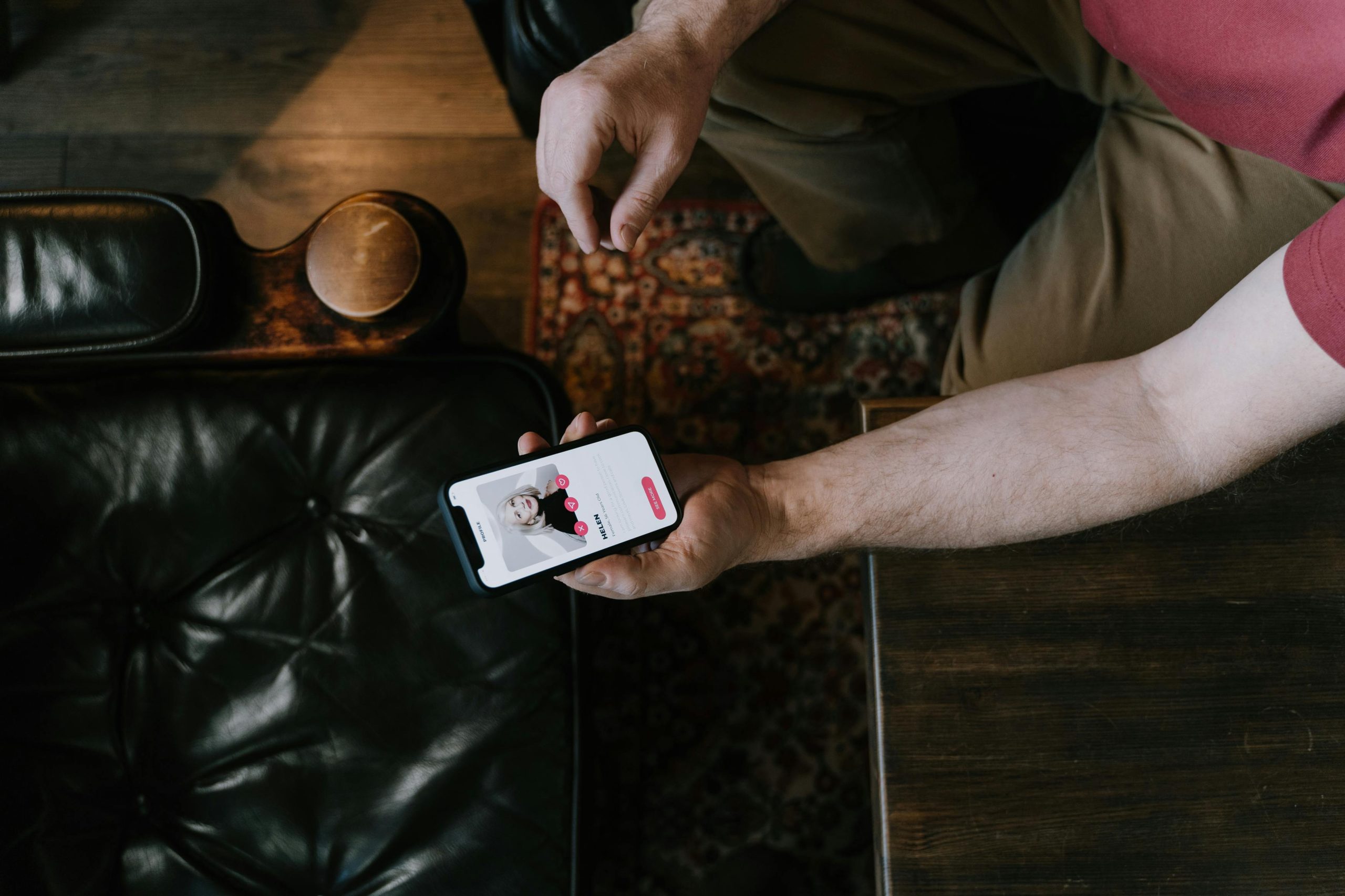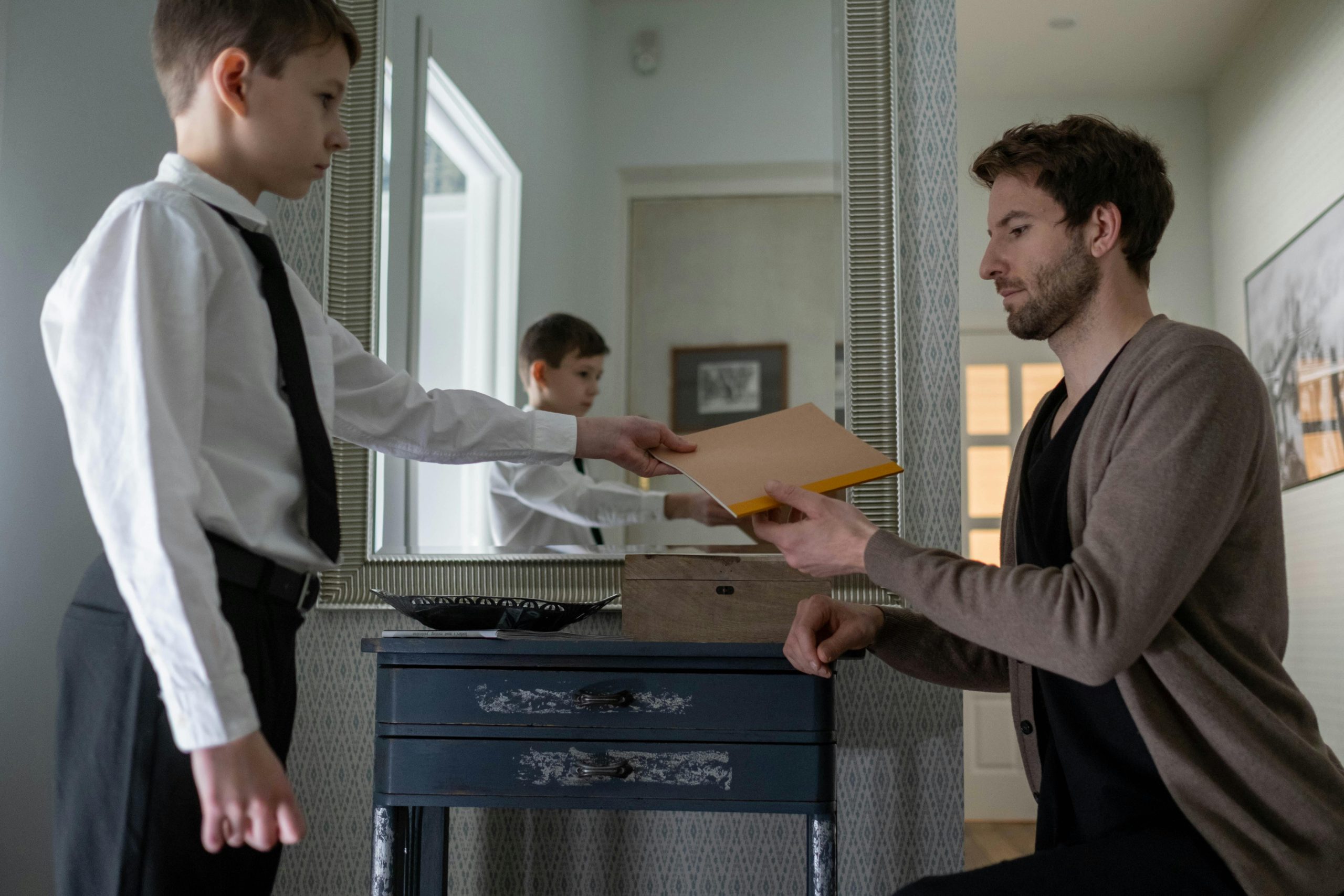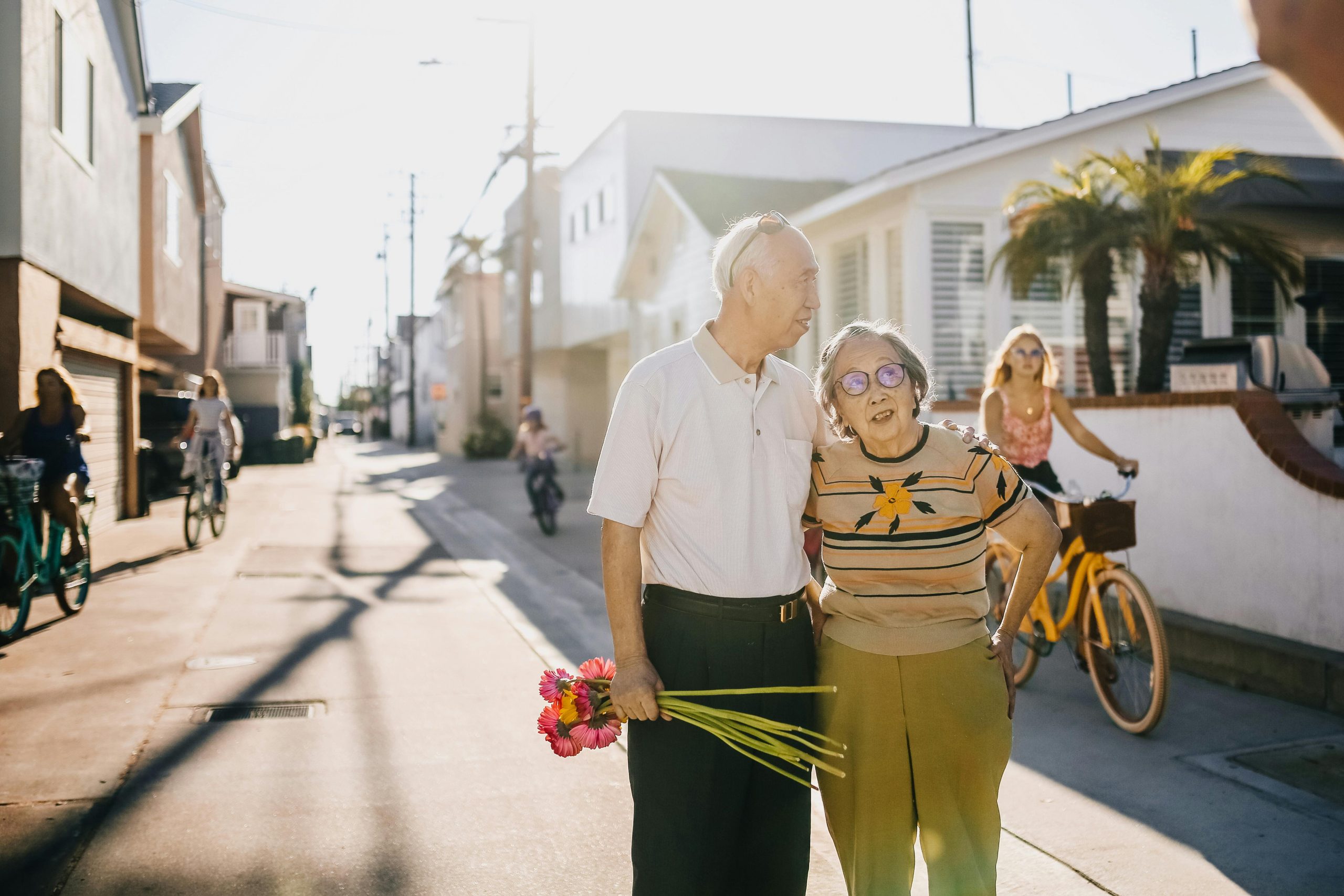Dating stirs up endless curiosity because almost everyone has an opinion or story to share. Relationships shape daily life and reflect what people value, hope for, or even fear. American views keep changing, shaped by new technology, shifting cultures, and life events big or small. In this post, you’ll find a snapshot of fresh trends and what matters most to people in the dating world right now.
How Americans Feel About Dating Today
Dating in the U.S. is all over the map. Some people are excited for every swipe, while others feel burned out or just plain skeptical. You’ll find just as many stories about amazing dates as you will about awkward ones. For most, emotions are mixed and it’s normal to hear talk about hope and frustration in the same breath. The way Americans approach romance is changing fast, and these changes affect how people feel when looking for a partner.
The Role of Apps and Technology

Photo by Budgeron Bach
Apps rule the dating world for a lot of young people. Swiping left or right has replaced chance meetings for millions. Some users feel empowered by so many options right in their hand. Others scroll and swipe but end up feeling disappointed, with “matching fatigue” now a real complaint. Ghosting—when people suddenly stop replying—is common and leaves many feeling confused or ignored.
Messages move fast on apps. While texting can make it easy to chat, some people say that small talk feels shallow. Video calls and quick memes replace hours-long phone dates, making connections sometimes feel rushed or surface-level. Still, lots of people use apps not just for dating, but to meet friends or even network.
Key takeaways:
- Apps bring convenience but can make dating exhausting.
- Technology helps some people be bolder, but makes rejection feel easier (and more frequent).
- Communication styles have shifted—many prefer chatting through apps before meeting in person.
Trends in Dating Preferences
What people want in a partner has changed. Some focus on shared interests or lifestyle choices, while others put values or goals first. Dating is less about finding “the one” right away, and more about figuring out what actually works on a personal level.
You’ll see more people open to different relationship styles. Casual dating is common, especially for those in their 20s and early 30s. At the same time, many prefer to take things slow and wait before defining a relationship. For some, friendships and mental health matter just as much as attraction.
Current trends include:
- Looking for partners who offer emotional safety and kindness
- Wanting honest talk about intentions (no one wants to waste time)
- Fewer people rushing into labels, with “situationships” (not-quite-relationships) on the rise
- Openness to long-distance or online-first connections
Common Dealbreakers
Everyone has their limits, and certain dating “no’s” are more common now. With so many options, people feel more comfortable saying what works—and what doesn’t. Some quirks are charming; others are an instant “no thanks.”
Here are common dealbreakers that come up on first dates or even in profiles:
- Poor or rude communication (texting too much, too little, or too negatively)
- Political or value clashes (different beliefs on major topics can be a quick stop sign)
- Lack of ambition or motivation
- Smoking, excessive drinking, or poor hygiene
- Dishonesty or hiding important details (like not mentioning kids or past relationships)
Being straightforward is valued, but sometimes too much honesty right away can also be off-putting. Finding the balance is tricky, but most people agree: it’s better to know red flags sooner rather than later.
Experiences in the Current Dating Scene
You can ask ten singles about their recent dating experience and get ten different stories. Some are excited about the fresh possibilities, while others say it feels like a never-ending loop of awkward first messages and brief connections. Numbers tell the story, too—around 3 in 10 American adults say they’re single and looking to date. Among younger adults (ages 18 to 29), nearly six in ten have gone on a date in the past year. The way people meet, connect, and move forward (or not) is changing, and everyone seems to have strong opinions about what actually works.
Meeting People: Online vs. Offline
 Photo by cottonbro studio
Photo by cottonbro studio
Swiping is now as familiar as grabbing coffee in the morning. More than half of singles have tried a dating app at least once, and about 40% of current relationships among singles under 40 started online. Apps are easy to use, especially for those with busy work lives or who just moved to a new city.
Still, offline meetings pull a lot of weight for many people. Friends, coworkers, or even a run-in at the gym can spark genuine connections. But face-to-face options feel rare, especially since the pandemic changed social routines:
- Online:
- Quick and convenient, especially late at night
- Easier to share interests and filter by lifestyle
- Less pressure up front (you can always unmatch or swipe away)
- Offline:
- Body language and real-world chemistry matter
- More memorable stories for how you met
- Some people find offline meetings more trustworthy
Singles today often use both options, keeping their possibilities wide open.
First Dates and Beyond
If you’re single and dating, chances are your first date will involve coffee, a walk, or grabbing a quick bite. The goal? Keep it low-pressure and avoid awkward exits if things go sideways. Recent surveys show about 70% of singles prefer simple first dates where conversation feels easy.
Moving on from a first date to a second is less common than you might think. Many say they know within minutes if there’s a spark, and about 30% admit they rarely go past date number one. But when things click, daters often text each other the same day or set up plans for the next week.
Some trends on how singles approach first dates and forming connections:
- Many set clear expectations before meeting (are you looking for something serious, or just fun?)
- A good sense of humor is a top “must-have” on first dates
- For LGBTQ+ singles, meeting through mutual friends or at events often feels safer and more comfortable
Not every date turns into something special, but the hope for a real connection keeps people coming back.
Ghosting and Disappointment
Almost every single person has a ghost story—and it’s not of the haunted house kind. Ghosting, or someone suddenly stopping all contact, is now routine in the dating scene. Around 60% of singles under 35 say they’ve been ghosted at least once.
Disappointment can feel sharp, especially if the connection seemed strong. Singles report it can look like:
- Messages stopping with no warning, often after a few fun dates
- Unmatched profiles after promising conversations
- Canceled plans with no chance to reschedule
Some say ghosting stings more if there was a long text thread, while others brush it off as part of modern dating. Still, the unpredictability pushes many to keep options open or avoid getting too invested too fast. Disappointment stings, but some see it as a signal to focus on what they really want rather than settling for less.
Key takeaway: Even with apps and endless choices, finding a solid match isn’t simple. Experiences range from hopeful excitement to letdowns, and most singles say patience—and honesty—matter more now than ever.
What Matters Most in Relationships
Finding the right match is more than just liking the same movies or eating at the same restaurants. For most Americans, what really matters in relationships goes deeper. People want to feel understood, listened to, and cared for on a daily basis. The things that keep couples together aren’t secrets—they’re the basics that make love feel safe, steady, and real. These are the top priorities that come up over and over again when people talk about what they want from a partner.
Seeking Compatibility and Shared Values
Compatibility isn’t just about hobbies or playlists. It’s about how you see the world, handle conflict, and make decisions together. Shared values shape the direction of a relationship—the stuff that really counts when choices get tough or life takes an unexpected turn.
When people describe their “must-haves,” these are some of the most common:
- Similar views on family, money, and future plans
- Respect for each other’s beliefs and choices
- Mutual support for personal goals and dreams
- Agreement on big-picture things (like where to live, marriage, or having kids)
People often say that if you can’t agree on the things that truly matter, even strong attraction can fade fast. Having similar priorities helps prevent fights and makes it easier to move through daily life as a team.
Prioritizing Communication
You’ll hear it up and down from people who’ve been together for months or decades—communication makes or breaks the relationship. It’s more than just checking in or texting back. Couples who talk honestly and listen closely trust each other more and handle tough times better.
Good communication includes:
- Talking about feelings and needs without blaming or judging
- Listening with patience (even when you disagree)
- Checking in about plans, worries, or goals so nobody feels left out
When both people feel free to speak their mind, arguments don’t linger and issues are handled before they snowball. It also helps build trust, making it easier to stay close even during busy or stressful days.

Photo by cottonbro studio
Views on Long-Term Commitment
While some are happy to date with no label, many are still searching for a partner who wants to build a life together. Americans often list long-term commitment as a top need, with trust as the foundation.
Here’s what matters most when looking long-term:
- Loyalty and reliability come up again and again. People want someone they can count on, no matter what storms roll in.
- Growing together is key. Couples who support each other’s personal change are more likely to stay happy.
- Shared sense of future: Whether it’s talking about marriage, owning a home, or just planning next summer’s vacation, imagining a future together keeps things exciting and steady.
Long-term commitment isn’t just about staying together for the sake of it. It’s about building something strong and lasting with a partner you trust, respect, and genuinely like. These are the qualities Americans say are non-negotiable when it comes to love that lasts.
How Views Are Changing Across Generations
Each generation seems to have its own playbook when it comes to love, marriage, and everything in between. Family, friends, and the media have played different roles in shaping these ideas. Technology has only widened the gap, with each group adopting its own habits and languages for building romantic connections. Trends in dating, values, and hopes for the future highlight just how much these views shift with age.
Younger Adults’ Relationship Goals
Many younger adults think about relationships in a way that feels flexible and personal. For people in their 20s and early 30s, it’s not always about settling down quickly or checking off major milestones. Instead, there’s a focus on finding someone who matches their lifestyle and respects their independence.
- Flexibility over tradition: More young adults want to take things slow or avoid labels. Terms like “situationship” are common in their circles.
- Personal growth: Younger daters often want partners who support their dreams or hobbies. They see a relationship as a partnership, not a rescue mission.
- Diversity in connection: Many are open to dating outside of their background, trying long-distance, or meeting people only online.
- Less stigma around being single: There’s less pressure to marry early. Young adults will often say they’d rather be single than in a relationship that isn’t right.
While plenty of young people do want marriage or kids someday, they often put mental health, career, or friendship circles first—at least for now.
Older Adults’ Experiences and Hopes
Older adults bring a whole different set of experiences and expectations into dating and relationships. Life changes, such as divorce, becoming widowed, or retiring, shape what they look for and value.
 Photo by RDNE Stock project
Photo by RDNE Stock project
For many over 50, the search for a partner is about companionship and shared values more than anything else.
- Meaningful companionship: Older adults often say they want a partner to share daily life or new adventures. Emotional support and shared routines take priority.
- Openness, but with clear boundaries: They’re less likely to play games. Honesty and direct talk matter much more now than in their younger days.
- Less focus on appearance, more on character: Kindness, patience, and humor top their lists instead of looks or cool hobbies.
- Second chances: After major life changes, older adults can be more hopeful and open to love than people assume. They see dating as a chance to enjoy life—not as a race to the altar.
For some, family concerns (like adult children or blended families) also play a role. Yet, hope for connection doesn’t fade with age; it just changes shape.
Social Expectations and Shifting Norms
Views about dating and relationships are being rewritten in real time across generations. The old rules don’t always fit today’s reality.
- Greater acceptance of all types of relationships: More folks, young and old, accept living together before marriage, same-sex relationships, and staying single by choice.
- Changing ideas about who “should” date: Younger generations challenge old-school ideas about age gaps, timing, or “appropriate” partners. Older adults are less concerned about what others think.
- Less pressure to “settle down” by a certain age: Milestones like marriage, kids, or buying a house come later for many—or not at all.
- Talking about mental health: Younger generations want support and openness around emotional well-being, both in single life and in relationships.
- Gender roles: There’s less expectation that men and women “have to” act or date a certain way, and more interest in sharing responsibilities in relationships.
These shifts show up in priorities, from valuing emotional safety to giving each other space to grow. What was once seen as unusual—like dating after 60 or building strong, non-romantic partnerships—is now much more accepted. The takeaway: people are tuning out old scripts and writing their own.
Conclusion
Dating in America keeps changing, shaped by technology, shifting beliefs and what people want at each stage of life. Swiping, texting and meeting online feel normal for many, while honesty and kindness still top the list of what singles hope to find. Family, trust and good communication matter just as much as ever, whether you’re looking for something new or building on years together.
Old rules are fading as people pick what works for them, no matter their age. What stands out most is how everyone’s story is different, but the need for connection sticks around.
Thanks for reading—your experiences and views matter, too. Feel free to share what rings true for you or how dating has changed in your own life.